Home Innovation Software What Does a Prototype Mean?...
What Does a Prototype Mean?
Software

Business Fortune
03 May, 2025
A prototype is the first attempt at a vision or device in order to test a concept or process. All amazing inventions begin as an idea, but bringing the idea into reality requires a first leap or creating a “bridge” of sorts.
What is a Prototype?
So, what exactly is a prototype? A prototype is simply a physical or virtual/digital replica of your invention demonstrating its form, function, and capabilities. It is a "first draft" of your invention, for example, a 3D-printed model, a virtual one, or a scaled down model of a machine.
Types of Prototypes
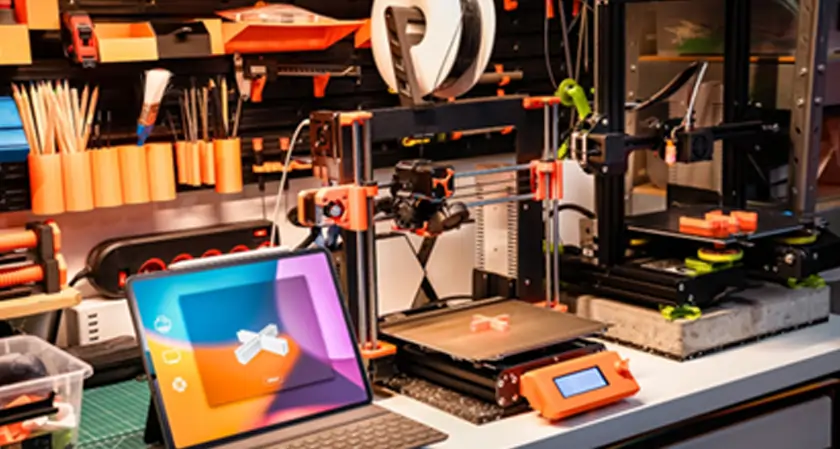
Prototypes can be classified differently based on their purpose, complexity, or material, each of which supports a different phase of the inventing process.
The following are the primary forms of prototypes that you can utilize to visualize your concepts:
Prototypes In Design: Low, Medium and High Fidelity
Fidelity indicates the degree to which a prototype resembles the finished product in function and detail.
Below is an overview of the three types of fidelity commonly in use today:
- Low-Fidelity: Rapid, rough models or sketches (e.g., paper prototypes, foam-core buildings) to test initial concepts.
- Medium-Fidelity: Semi-functional prototypes (e.g., 3D-printed components, computer wireframes) for usability testing.
- High-Fidelity: Final or near-final designs with complete aesthetics and full functionality, commonly utilized for investor presentations.
Prototype Types Based on Purpose 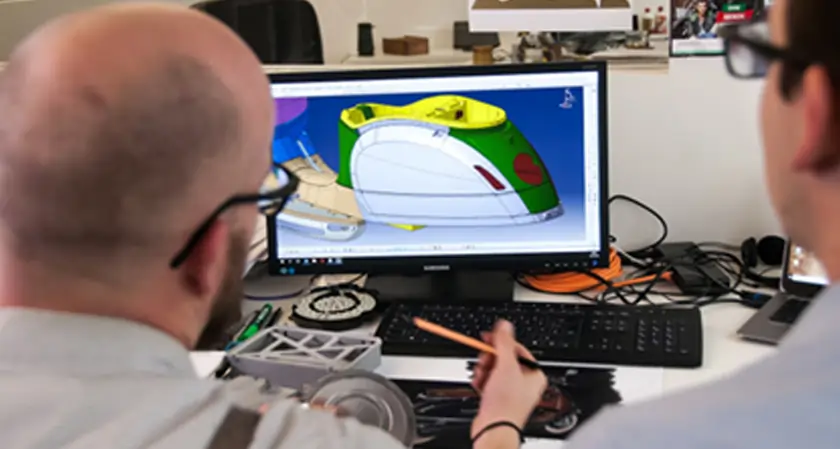
Your prototype usually has one main function, such as testing the components of a physical product or building a 3D model to showcase your concept to potential investors.
The following is how prototypes change to reach intended objectives:
- Proof-of-Concept: Simplest form to verify viability, e.g., a printed circuit board for an electronic device).
- Functional: Directed towards performance testing and durability like a functional mechanical model.
- Presentation: Highly finished models or computer simulations to show market-ready capability.
The Importance of Prototypes to Inventors
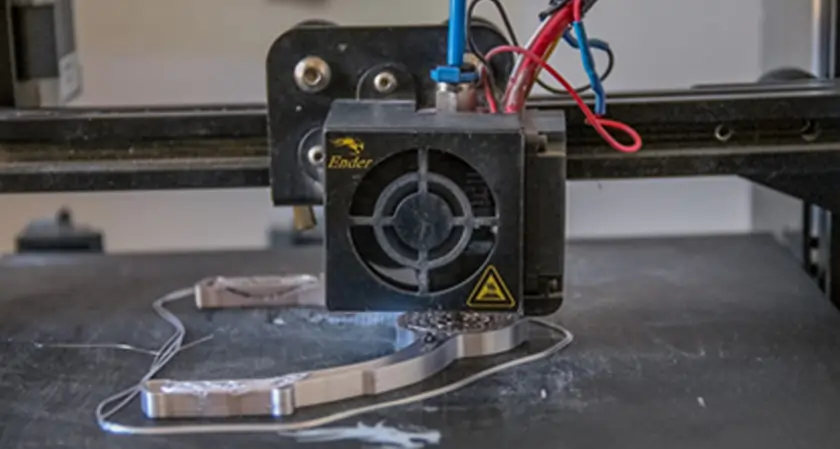
If you don't have a prototype, it might be difficult to describe your concept to others or present your product to investors. Your abstract words are given form, shape, or experience by a prototype.
Here are the three basic reasons why prototypes are greatly essential for you as an inventor:
- Emphasize Your Concept's Qualities
As we have mentioned, all of the great works initially began with a single concept, which was realized and evolved through numerous iterations. Prototypes, however, are complex with numerous various aspects, features and sides to them. These features are easier to showcase visually rather than through text and words.
- Test and Refine Your Design
Prototypes allow you to discover problems early. You may have the perfect kitchen gadget on paper, but an actual model can reveal ergonomics problems or material problems. Companies like InventHelp offer prototype modeling services. The company offers a 3D-printed prototype model to convey the look and feel of your idea and a Virtual Invention Presentation to demonstrate how your idea would function.
- Opens Channels for Feedback
Once you have the initial prototype or copy of your concept, you can begin receiving feedback from your design team, or even from initial testers. Receiving the proper type of feedback at an early stage will save you lots of time (as opposed to attempting to make significant changes once your product is already in production).
Prototypes in Science and Innovation
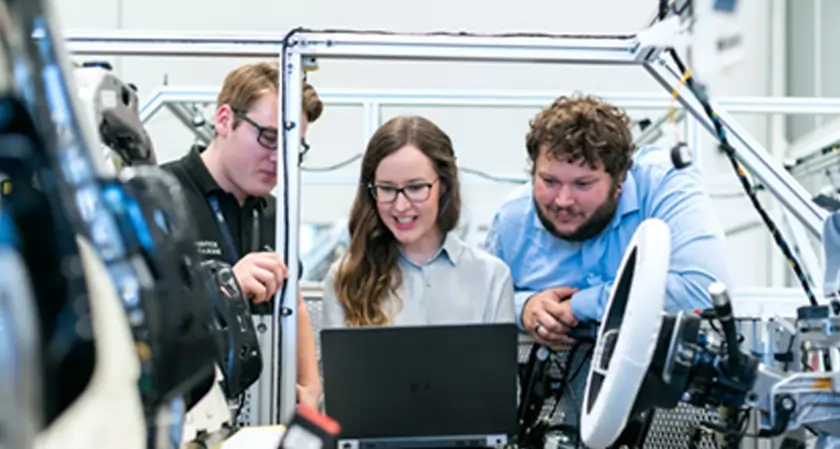
In science, prototypes tend to be experimental models that are utilized to test theories. A prototype for a medical device, for instance, may go through laboratory trials to ascertain safety before testing on humans. How are these different from regular prototypes?
Scientific prototypes focus on precision and replicability, whereas consumer product prototypes revolve around useability, as well as marketability.
General Misconceptions regarding Prototypes
- “Prototypes must be perfect.” - Wrong! Early prototypes are meant to be rough. Thomas Edison's first lightbulb was fragile and short-lived—perfection came later.
- "Prototypes are too expensive." - Not necessarily. InventHelp offers affordable prototype modeling services, from virtual simulations to 3D physical models, so inventors don't have to break the bank.
- "I don’t need one for a patent.”- Although the USPTO doesn't require a prototype for patent filings, it makes your case stronger by demonstrating that your invention functions.
Practical Uses of Prototypes
You can look all around and see many lots of incredible inventions. Almost all of them at one point used to be a prototype, through which the inventors were able to identify faults, generate funds and develop further.
The following are some real-life examples of prototypes:
Example 1: The Wright Brothers’ Flying Machine

Their 1903 prototype, constructed of muslin cloth and spruce wood, was anything but glamorous. In the wake of the first prototype, testing revealed a major fault behind the design; the then-available power sources were not sufficient.
Nevertheless, it proved that controlled flight was achievable, paving the way for modern aviation.
After trying numerous combinations of propellers and wings in a wind tunnel, they eventually hit upon a combination that was far more stable to fly, and the rest, as they say, is history.
Example 2: The iPhone’s Evolution
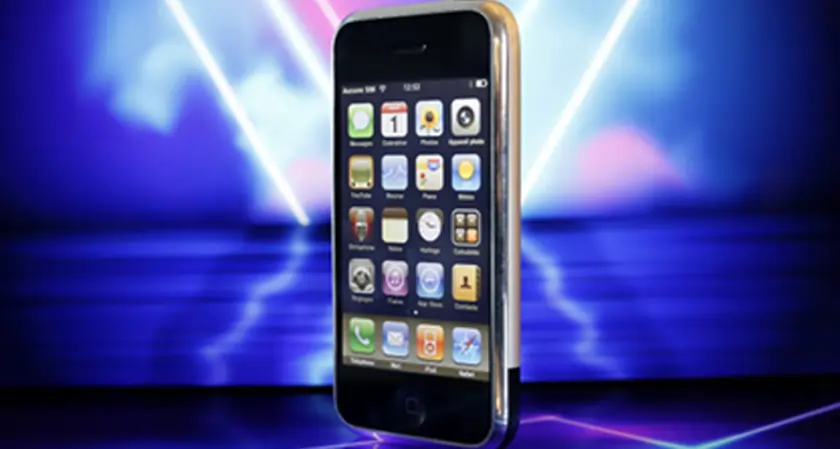
There was once a time, some of you readers may recall, when phones had several physical buttons and took all manner of crazy designs. The iPhone revolutionized this area, by only offering users a single button on screen to allow space for extra visual real estate.
Early prototypes of iPhones did not have features such as multitouch screens. Iterative testing refined awkward models into the streamlined product we have today. Apple created tens of test prototypes to try out features such as pinch-to-zoom and virtual keyboards. With each iteration, responsiveness and usability were enhanced.
Example 3: Client Invention Story: The Lenart Trim/Molding Puller
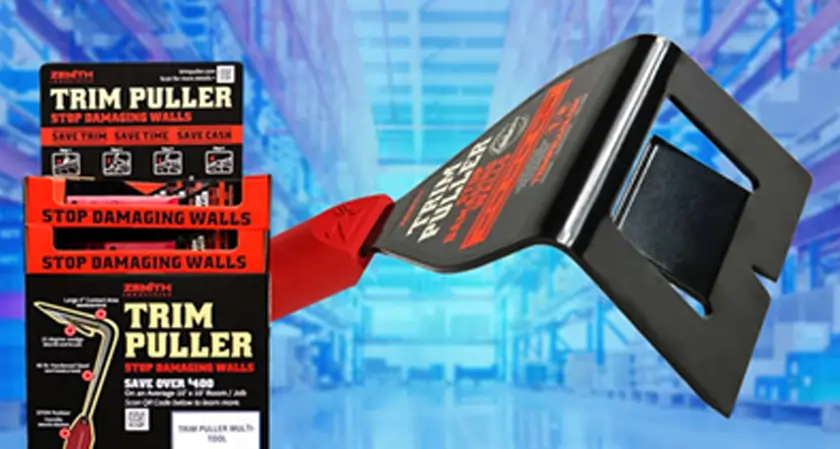
Edward Lenart, a DIY renovator, struggled to remove trim without damage during home projects. After refining multiple prototypes of his hand tool, he looked to InventHelp in 2009.
InventHelp’s Intromark, secured a licensing deal with Partsmaster (a division of NCH Corporation), leading to field testing, manufacturing research, and distribution agreements with Lowe’s, Home Depot, and Walmart.
Conclusion
A prototype is all about making a "What if?" become "What's next?" Whether you are iterating on a household appliance or a medical innovation, you can work with invention company InventHelp for help getting started with a prototype model.
FAQs
Q: Should I Prototype or Patent First?
- File a provisional patent application (PPA) first if you’re worried about someone stealing your idea. A PPA grants “patent pending” status for 12 months, buying time to refine your prototype.
Q: How Long Does Prototyping Take
- A simple prototype like a 3D printed model can require anywhere between 2 to 4 weeks of design and a few hours of printing. More complex functional prototypes can take a few months to give you sufficient time to test, design and refine it.
Do I Need a Prototype Pitch to Investors?
- While its not mandatory, its best that you have a prototype ready as it can tremendously boost your credibility during the pitch. Most investors wont have industry-specific knowledge, so if you visualize a more complex topic, and demonstrate how it works, you can build more rapport.




























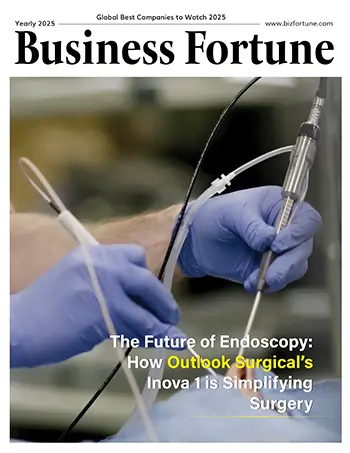





.webp)